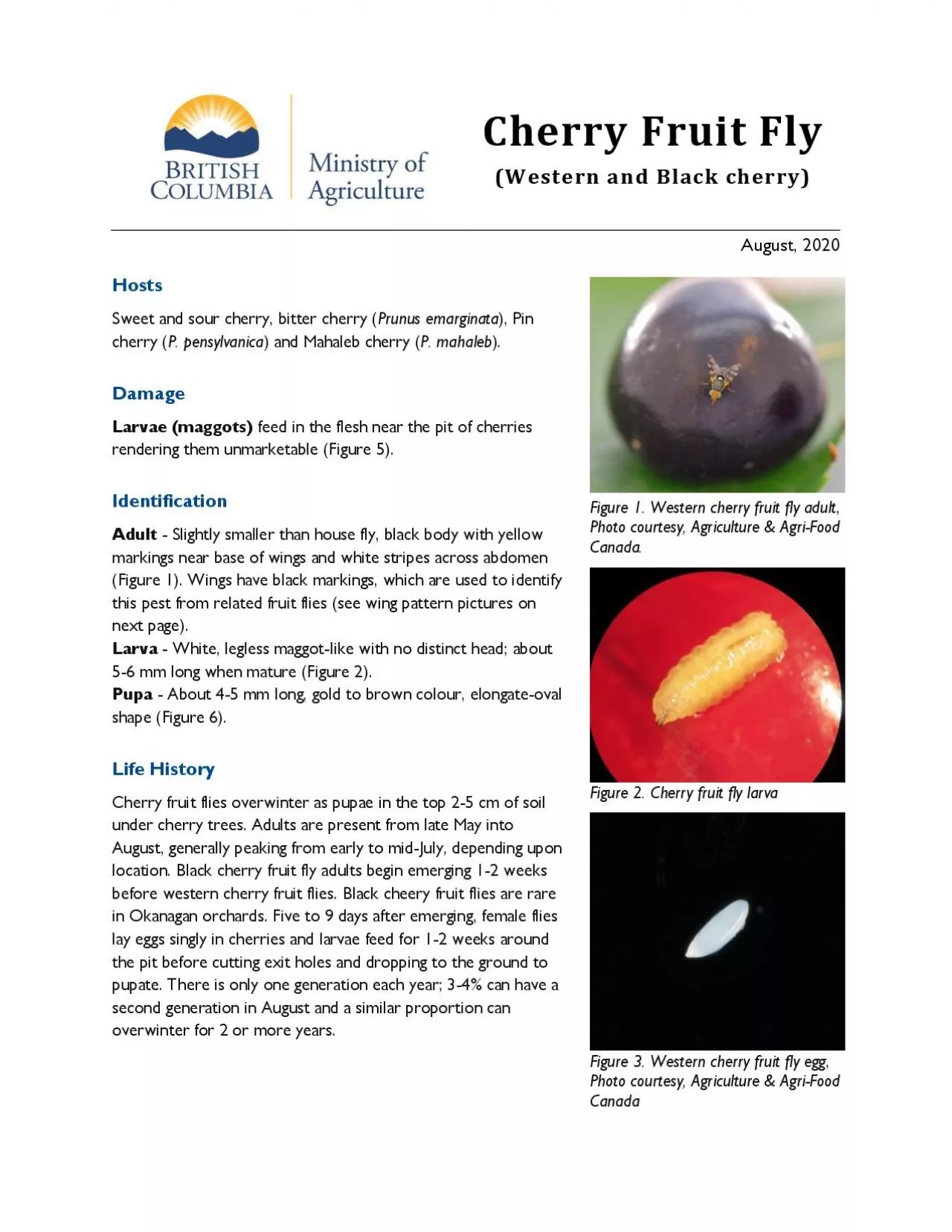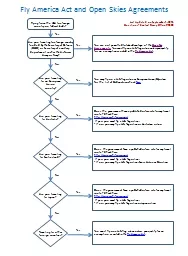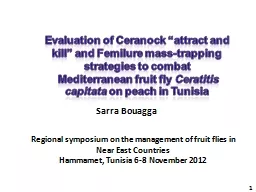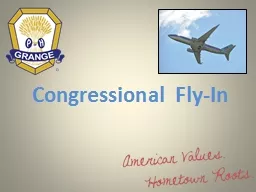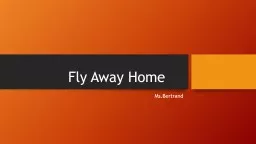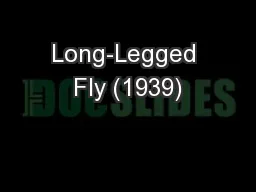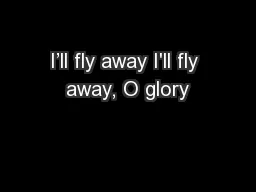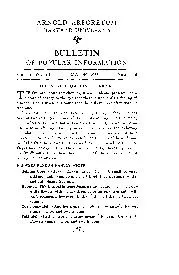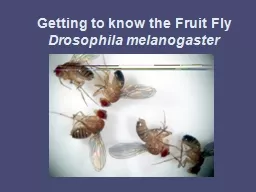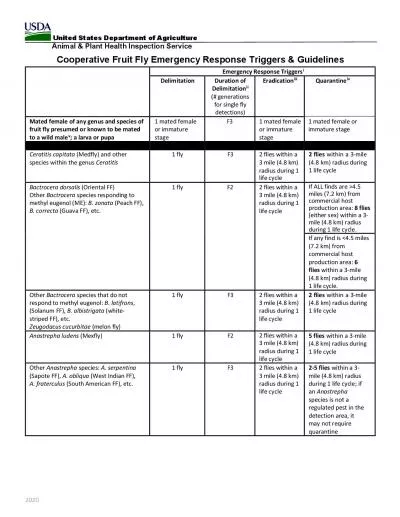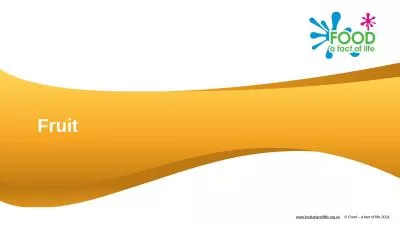PDF-Cherry Fruit Fly
Author : felicity | Published Date : 2022-09-23
Western and Black cherry August 20 20 Hosts Sweet and sour cherry bitter cherry Prunus emarginata Pin cherry P pensylvanica and Mahaleb cherry P mahaleb Damage Larvae
Presentation Embed Code
Download Presentation
Download Presentation The PPT/PDF document "Cherry Fruit Fly" is the property of its rightful owner. Permission is granted to download and print the materials on this website for personal, non-commercial use only, and to display it on your personal computer provided you do not modify the materials and that you retain all copyright notices contained in the materials. By downloading content from our website, you accept the terms of this agreement.
Cherry Fruit Fly: Transcript
Download Rules Of Document
"Cherry Fruit Fly"The content belongs to its owner. You may download and print it for personal use, without modification, and keep all copyright notices. By downloading, you agree to these terms.
Related Documents

